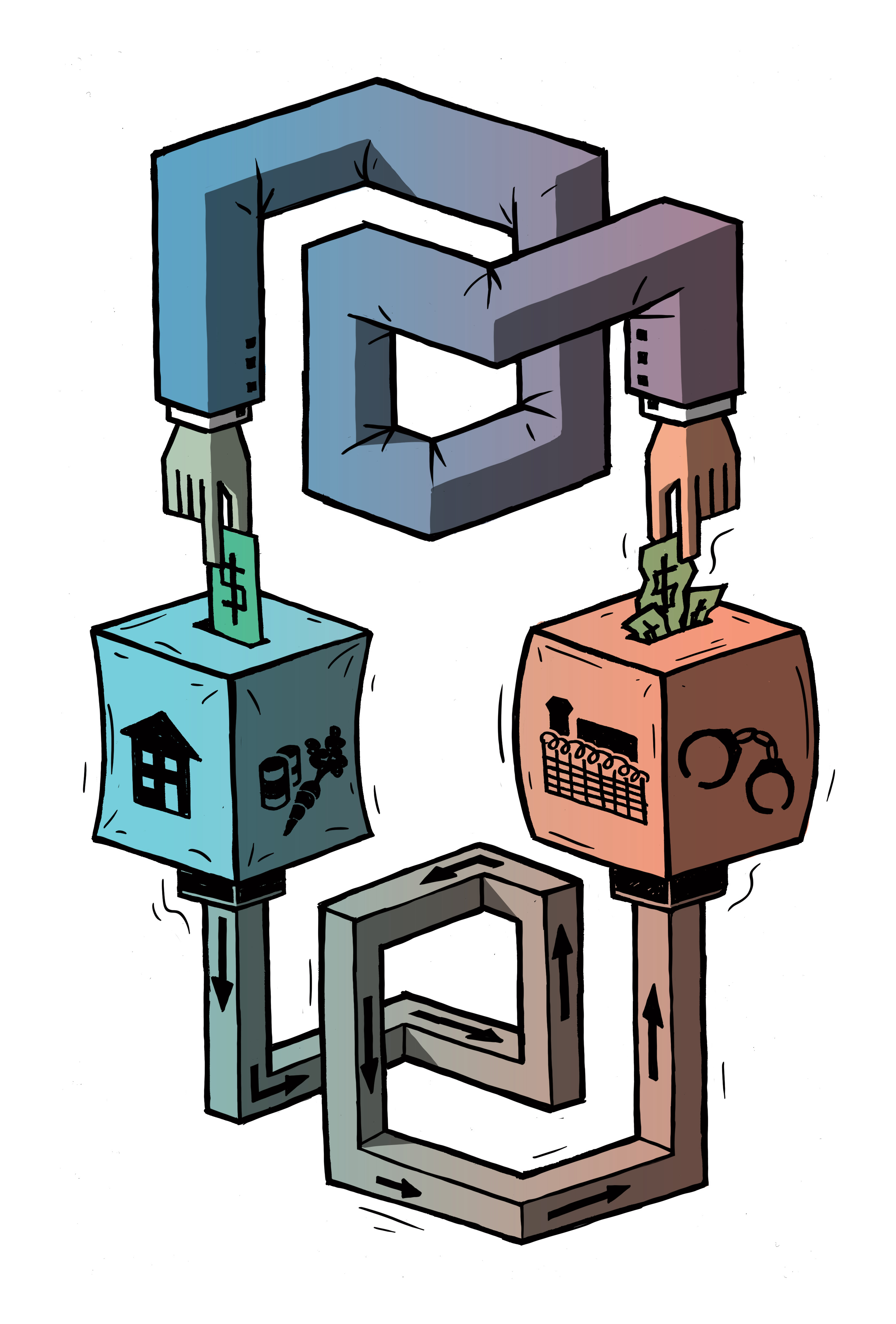On the morning of Jan. 14, Harvey V. Fineberg, winner of the 2013 Henry G. Friesen International Prize in Health Research, paid a visit to the University of Manitoba’s Bannatyne campus to present a lecture on “Quality, Safety and Value in Health Care.” The lecture was part of the annual John P. Maclean Memorial Lecture series for the Internal Medicine Grand Rounds. The Grand Rounds, a series of self-approved group learning sessions, are held on Tuesdays throughout the academic year.
As the president of the Institute of Medicine (IOM), an independent, non-government, non-profit organization focused on health care in the United States, Fineberg has made numerous contributions to policy development and decision-making in medical care and public health.
Prior to his involvement with the IOM, Fineberg served 14 years as the dean of the Harvard School of Public Health, as well as the provost of Harvard University for an additional five years. Further involvements include being a member of the Public Health Council of Massachusetts, chairman of the Health Care Technology Study Section of the National Center for Health Services Research, president of the Society for Medical Decision Making, president of the Association of Schools of Public Health, as well as serving on the review committee for the World Health Organization International Health Regulations of the 2009 H1N1 influenza pandemic.
Fineberg also received the Frank A. Calderone Prize in 2011, considered the highest prize in public health. The prize is given to those who have made specific and dedicated contributions to the world of public health. As one of the responsibilities of accepting the Henry G. Friesen prize, Fineberg had been travelling to major universities and research institutions across Canada. During his time at the University of Manitoba, Fineberg spoke of the efficiency of health care, and how it related to value. One of the most important concepts stressed was that “quality [in health care] is really a multi-dimensional phenomenon.”
Fineberg discussed six types of problems in public health, including the lack of proper facilities, the attitude with which clinicians approach patients, and stress and fatigue among clinicians working long hours under conditions of extreme crisis or boredom.
He emphasized the importance of understanding health-care problems as problems in a system, rather than looking for an individual to blame.
“The idea [ . . . ] is not to make a system in which it is possible to practice safe care, but to design a system where it’s virtually impossible to practice unsafe care,” said Fineberg. “That mindset [ . . . ] is a lot of what’s behind the thinking at the IOM.” Stressing the importance of system design, Fineberg introduced the analogy of the “coffee pot for masochists,” in which both the handle and the spout were located on the same side of the pot. He pointed out that “even everyday utensils are designed to be functional and safe.” In the same way, health care should also be designed to be functional and safe.
In a 2012 paper published in the New England Journal of Medicine, Fineberg discussed the attributes of successful and sustainable health systems. He stressed that a successful health system should have healthy patients, superior care, and fairness. Likewise, a sustainable health system must be affordable, acceptable to patients and health-care providers, and adaptable to a changing environment.
These concepts were brought into greater light during the lecture given at the U of M.
To start, Fineberg discussed the basis of health efficiency in a population.
Simply put, health efficiency is the distribution of health resources so that the health of a population is optimized. The question then became: how is health efficiency measured? First it is necessary to know the input cost needed to sustain a particular health service. Then the value of the benefits received from that service would have to be measured.
What Fineberg wanted to make clear was that efficiency was not definitively about making the costs of health services cheaper or the lives of the medical staff easier at the expense of the patients. Efficiency is the elimination of waste within a system.
One measure of health efficiency discussed was life expectancy. Fineberg compared the life expectancy of Canadians, Americans, and several other countries over a 50-year period.
“The United States had a lower rate of improvement than many of the other countries, including Canada,” Fineberg said. However, Canada also has room for improvement, he said: of the seven countries examined by the Commonwealth Fund, Canada and the U.S. came in last place.
Fineberg provided examples of flaws in health care for the United States.
The first concern mentioned was for elderly Medicare patients. Each state has different expenditures for Medicare, but the states that spend more are not necessarily providing better care.
“The message here is that spending more per capita is not associated with doing better; in fact, it’s the opposite,” said Fineberg. “Every year hundreds of millions of dollars available in the U.S. health system are being expended for purposes that do not contribute materially to the health benefit of people,” said Fineberg. “And that is an enormous opportunity for savings.”
He also expressed concern about end-of-life care in the U.S.
“We often give patients and families the kind of care they do not want toward the end of life in complicated illness,” he said. “They want to be free of pain, they want to be with their loved ones, and they want to be kept comfortable, and instead we put them in places with tubes and noise and isolation.”
Fineberg emphasized that this was a “political as well as a humanitarian problem.”
With respect to preventative health practice, he noted that in nearly every country, not enough is being done initially to prevent disease, particularly in populations that are geographically, socially, or financially disadvantaged.
However, Fineberg said he was “very pleased to hear about the growing role of regional authorities in Manitoba and other provinces [ . . . ] that could help improve the kind of co-ordination and allocation of resources that makes better sense.”
When looking at costs associated with health care, Fineberg provided two key examples.
The first discussed a seemingly simple chronic condition: hypertension (high blood pressure). When looking at individual patients, drugs prescribed to hypertensive patients do not seem like they cost much, but when taking all the cases together, the cost adds up rather quickly. A study was conducted that looked at where the biggest financial hit was occurring with respect to these costs.
It turned out the largest contributors to increased cost were pharmaceuticals. The difference between higher and lower costs was largely due to the type of drug prescribed. When comparing all the drugs, it turned out that they all worked fairly well, even the less expensive ones. According to Fineberg, the point is that “standards of care can make a huge difference overall in cost.”
Institutionally, costs could also be managed by redesigning systems for which patients are admitted into surgery from the emergency room, for example. By tweaking the scheduling and arrangement of patient admission into surgery at St. John’s Hospital in Springfield, Missouri, it was observed that the hospital emergency room capacity rose dramatically without any additional beds.
Fineberg finished his presentation by saying that “we need to move from the idea of doing things that are good for the institutions of care to doing things that are good for people, and the people who are in our care.”
He encouraged everyone involved in health care to take on the collective responsibility for caring for our patients in ways that enhance the safety, quality, and value of our health care.



